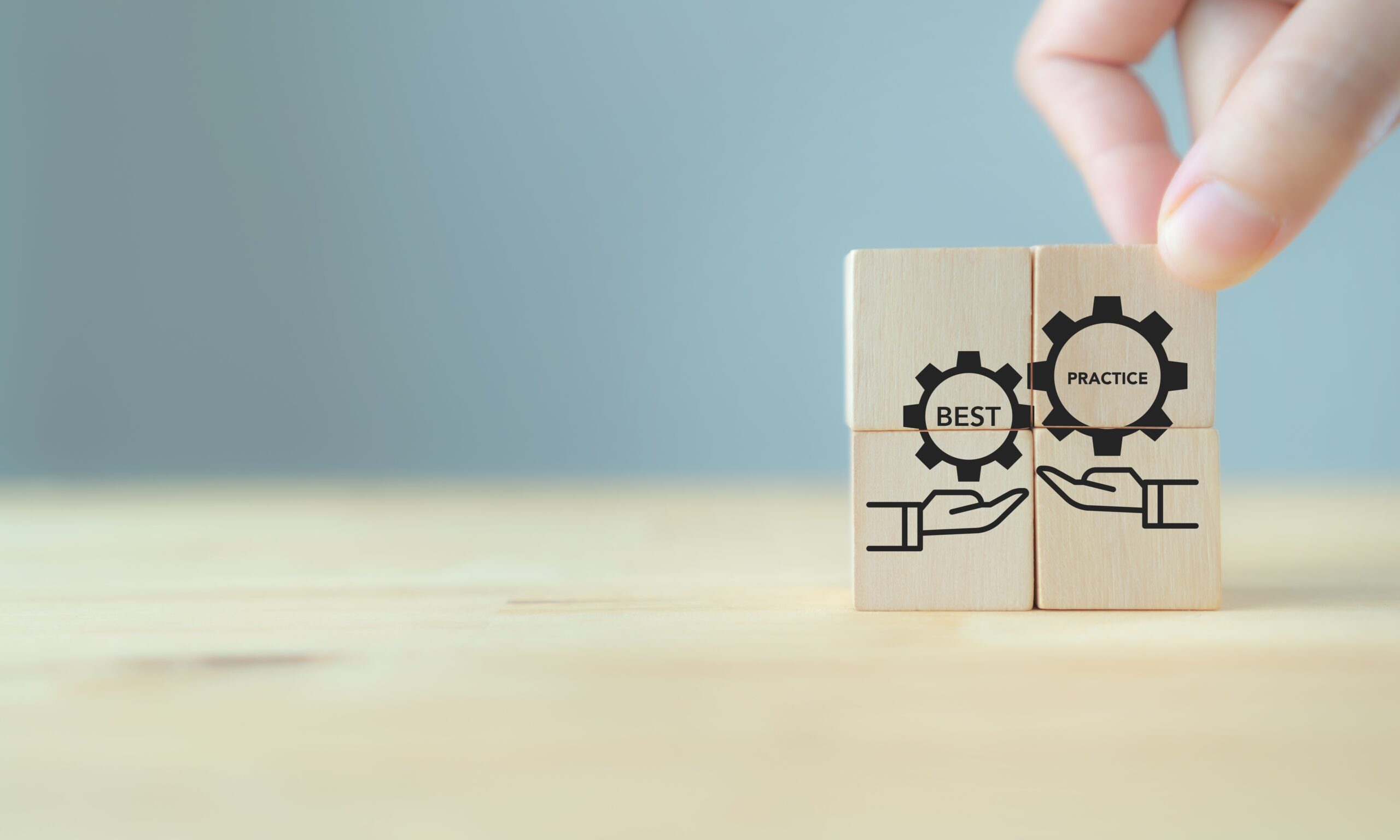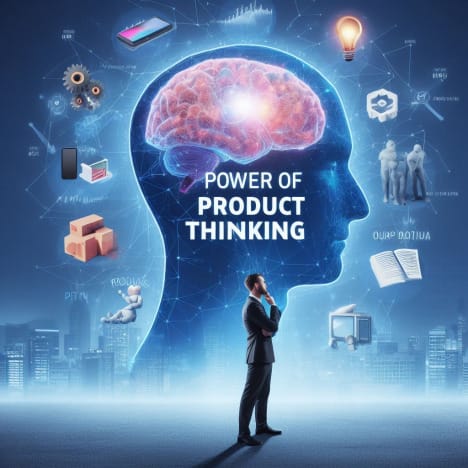Rather than having a single “genius” designer who drives their own solutions to problems, quality design facilitates the bringing together of different perspectives. For this to work, you need to build a deep, shared understanding, and once you get to this point, you can operate through consent, not consensus, meaning that decisions can be made quickly and transparently.
At Mind the Product London 2017, Jane took us through how she does this at online business print and design agency Moo – but not before chiding us about using our mothers as a unit of internet stupidity – ie “even my mother can use this”.
How Design Should Work
Despite what has happened traditionally, design teams throwing work over the wall to a development team does not result in quality outcomes. In order to achieve a quality outcome, according to Jane, you need to have both designers and developers in one team. You also need to ensure that user research takes place within that team, so that everyone has access to the insights that research provides.
Rather than trying to be a genius designer, you need to get a designer into the position where they can facilitate across the whole team, from the problem space to the user research to the end solution. Their role should be to get everyone involved throughout the process so that the designs are the result of everyone’s input – with a feeling of ownership for all.

Generating Insights
The insights that design teams gather should be at the heart of their work. Without them it’s impossible to identify or define the problem that needs to be solved. Everyone needs to know the same thing at the same time in order to build a deep, shared understanding.
“Strong opinions, lightly held” is a mantra used across the user research spectrum. This means that everyone’s perspective can influence the direction of the design and product, but you are still able to pursue opportunities with vigour.
It’s also quite natural that, as you get more senior in a business, you will have more people agree with you. If you are able to see your users in the process of using your product, you will quickly find out what’s true and what’s not. Whether you’re CEO or a product manager, make sure you’re using your product regularly and watching your users do the same.
How Moo Works
At Moo, tribes are collections of crews who focus on particular problems. A crew’s happiness is directly related to the quality of their outputs and so is measured as any other KPI would be.
Within their design tribes, UX + UI + Research means you are a full stack designer. Anyone who wants to can develop towards this role and most are encouraged to do so.
These tribes and crews don’t have any set ways of working or processes, but there are some principles:
- Delight customers
- Building, running, owning and iterating great products
- Team hugs
Consent not Consensus
Consent, not consensus means that decisions can be made quickly, without everyone being involved.
The entire team does not need to be in a meeting for it to involve all of their opinions – Moo ensures that they can be brought in by other members. It’s crucial that the outputs are available for all though, so that transparency is maintained.

Moo’s Design Approach
As with many other speakers at MTPCon17, Jane’s colleagues at Moo follow a journey that sees them diverge to help discover the issue they face and then converge around a solution that they can test and repeat. Research takes place at every step, to check in that conclusions are in line with user perspectives.
- Understand.
- Define.
- Explore.
- Create.
Testing Hypotheses
A hypotheses backlog allows you to prioritise the things that the team is going to research and explore. It’s used across all phases of the design process, and elements are proven or disproved wherever possible.
As soon as you can, show a thing in your user testing. It’s better not to show a hi-fidelity mockup as people will be less willing to criticise it. Embracing this criticism is a key behaviour for any quality designer and is a skill that can be learned and practised like any other.
MVPs
Jane explained that at Moo, an MVP is the “least that we can do to get value into customers’ hands. It’s not a chance to throw in as many requirements as we can think of.”
Once you have an idea of your MVP, you have to get it into summative testing as quickly as you can. This research is a team sport and everyone from the PM to the development team to the designer has to be involved so you can come up with a quality final execution.
By having everyone at these sessions, it also reduces the need for lots of research documentation because everyone has the same information. It allows you to make decisions and move at speed.
Incremental Design Systems
Shippable increments are how designers need to work on products in an environment of continuous delivery. By releasing single enhancements you can also specifically measure the impact of each of your enhancements, positive or negative.
Design systems have to define the graphical style, from the smallest unbreakable element upwards. At Moo, they use Brad Frost’s atomic design structure, which ensures they are consistent across their various products.
In addition to a higher quality user experience, this approach increases the speed at which you can pull together new designs, thus enabling faster testing of new ideas in a real environment.

The Skills That Designers Need
Finally, Jane spoke about the kind of person that Moo looks for in its design team.
Most importantly, they are comfortable with ambiguity. They are happy to fail and have a resilience to this process. They’ll need to see design as not great execution but also about bringing people along with you, from across the business.
This takes numerous influencing and personal skills, which are sometimes hard to find in designers. Moo feels it is worth the effort though and wouldn’t employ anyone who didn’t at least see the value of these skills, even if they have yet to fully develop them.







Comments 0